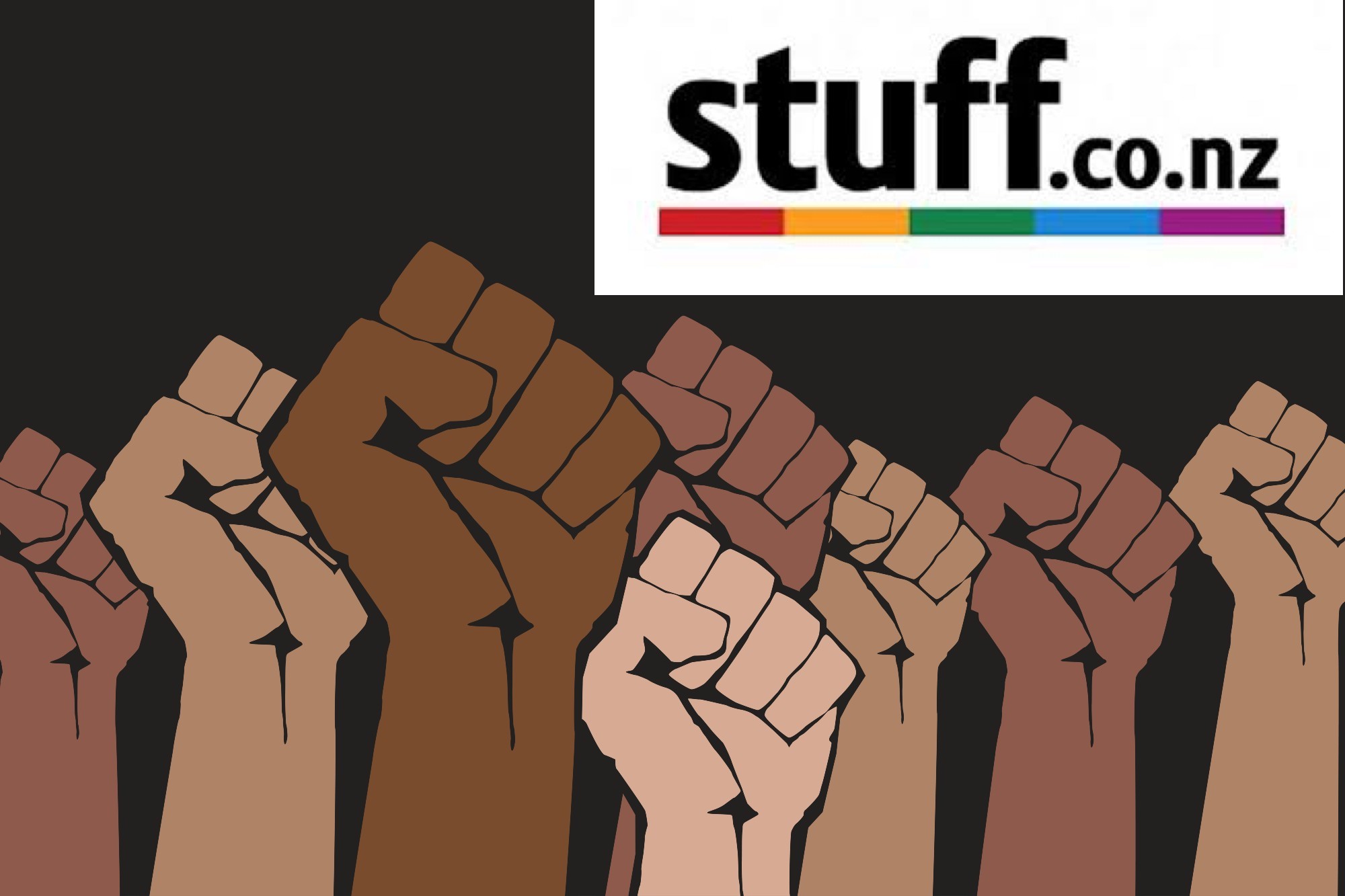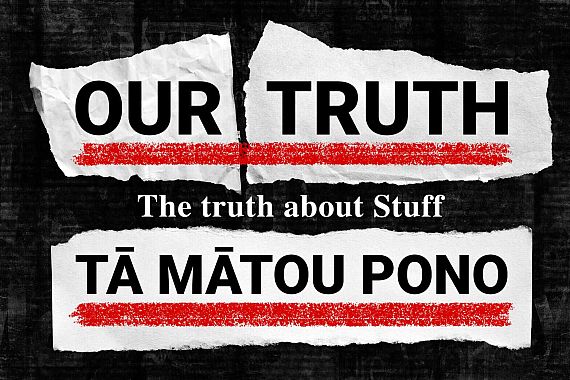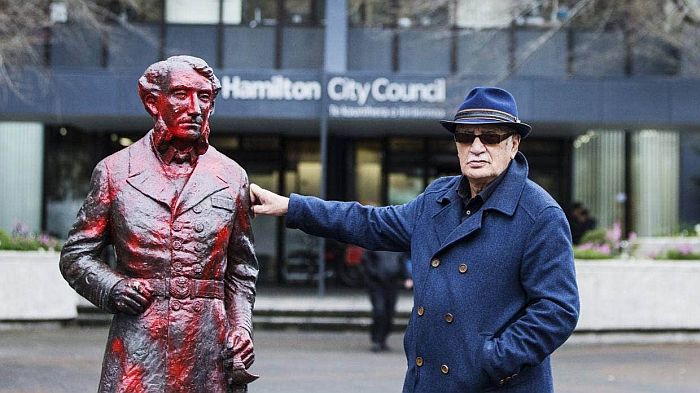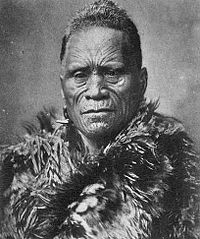Waikanae watcher
waikanaewatch.org
Readers of the Dominion Post and other Stuff publications will recall that the media organization made a fool of itself last December, shortly after the re-election of the Jacinda government, with a hand-wringing apology for past ‘racist’ articles. It subsequently initiated a series under the by-line OUR TRUTH purporting to provide an accurate account of aspects of New Zealand’s – sorry, Aotearoa’s – history.
The latest article this week was called “Highway to Hell” about the Great South Road from Auckland to the Waikato. It featured the views of Taitimu Maipi the kaumatua who last year defaced the statue of Captain Hamilton in the city that bears his name. Maipi described Hamilton, who was killed in action at the Battle of Gate Pa, as “a murderer”.
The ‘Highway to Hell’ article was riddled with false claims and inaccuracies and inspired Bruce Moon and Roger Childs to write letters to the editor of the Dominion Post. Neither were published, so here they are.
Dear Editor
The “Dompost” today, 1st March 2021, is responsible for printing some of the most foul and vicious lies ever old about New Zealand’s history – the Rangiaowhia affray – when the humanitarian General Cameron succeeded with very little loss of life in cutting off the Waikato rebels’ food supplies at Rangiaowhia thereby substantially contributing to the collapse of their rebellion.
The principal source for this travesty of the truth is reported to be Maori oral history, starkly illustrating that when it suits the tellers, Maori oral history cannot be trusted.
The Lie: The Waikato was “invaded”.
The Truth: The Waikato was sovereign British territory. No country “invades” its own sovereign territory in order to suppress armed rebellion within it.
The Lie: “at least 110 died at Rangiaowhia, possibly 300”
The Truth: Twelve Maoris died, almost all in a slab hut from which they fired first. Five soldiers including Colonel Nixon fell to rebels shooting from the slab hut.
The Lie: “people [were] trapped in houses and the church that the soldiers set alight.”
The Truth: Not one person died in either church which remained standing after the event with even the stained glass windows intact. Nobody was trapped in either or in any house. The slab hut was probably ignited by soldiers as those inside continued to fire upon them. As prominent rebel leader, Wiremu Tamihana said: “There was only one house burnt; that was the house where the Maoris died. I went there and saw it.”
Bruce Moon
Dear Editor
The latest article in your OUR TRUTH series (Dominion Post, March 1) is full of untruths. It gives a one-sided version of events in the Waikato in the early 1860s, and basically paints Maori as good and government and settlers as bad. It needs to be remembered that at the Kohimarama Conference in 1860 over 200 chiefs pledged loyalty to the Crown and rejected the aggressive actions of the Waikato Kingites. In 1861 the supporters of the king hatched a plan to attack Auckland and in the following years some settlers were killed, their possessions stolen and houses burnt down.
Governor Grey wanted peace and offered Tawhiao wide powers of local government – runanga – if he would acknowledge the sovereignty of the Crown. But unlike his father Te Whero Whero, the first Maori king, Tawhiao would not work with the government. In 1862 Kingite warriors prevented a road being built inland from Raglan, and in 1863 took over a sawmill and ejected Government agent John Gorst from Te Awamutu. Gorst had had been a magistrate and was teaching young Maori to read and write, and learn crafts. The road south towards the Waikato could be used to move troops, but was also for trade and transport.
It is important that in your articles on New Zealand history there is accuracy and balance.
Roger Childs
Please share this BFD article so others can discover The BFD.




